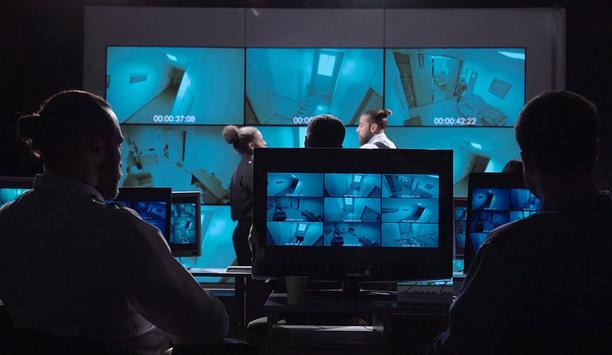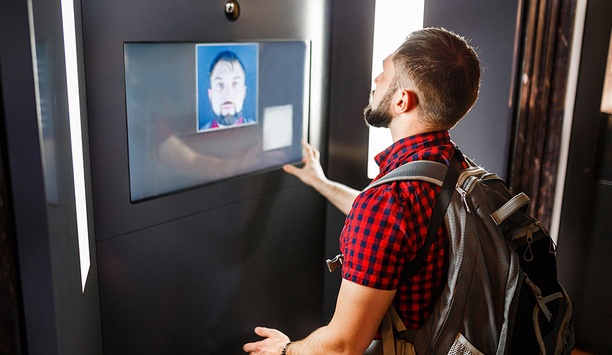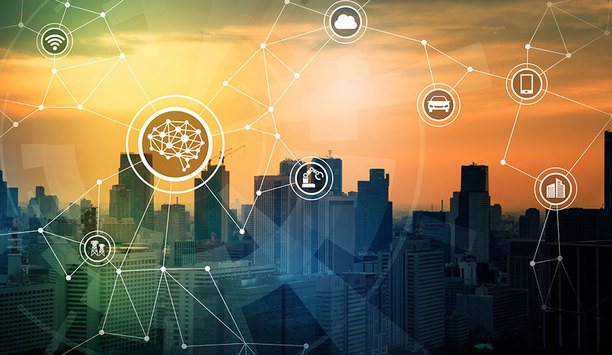Mai Truong

Mai Truong
Director of Strategic Product Development, IronYunWith over ten years of experience in big data analysis, Mai is currently in charge of Strategic Product Development for the AI video surveillance software producer IronYun. Mai received her Ph.D. in Physics from University of California, Berkeley. Having published and edited thousands of research articles on physical sciences, engineering and finance instruments, Mai enjoys exploring the rapidly evolving landscape of deep learning applications.
Articles by Mai Truong
As the multi-billion-dollar market for artificial-intelligence-based video analytics continues to grow, so does the number of video analytics solution providers. In Q3 of 2018, Stockholm-based consult...
News mentions
Our Expert Panel Roundtable is an opinionated group. However, for a variety of reasons, we are sometimes guilty of not publishing their musings in a timely manner. At the end of 2020, we came across s...
News reports and opinion columns about face recognition are appearing everyday. To some of us, the term sounds overly intrusive. It even makes people shrink back into their seats or shake their head i...
On November 2019 in Stockton, California, surveillance footage found that vandals shot out glass windows and doors in many places in a small business complex (FOX40). The intruders broke in only to le...
According to the reports of not-for-profit organization Gun Violence Archive, the year 2018 has seen 323 mass shooting incidents as of November 28 in the United States. This number is 346 for the year...
With the ever-growing availability of video data thanks to the low cost of high-resolution video cameras and storage, artificial intelligence (AI) and deep learning analytics now have become a necessi...



































